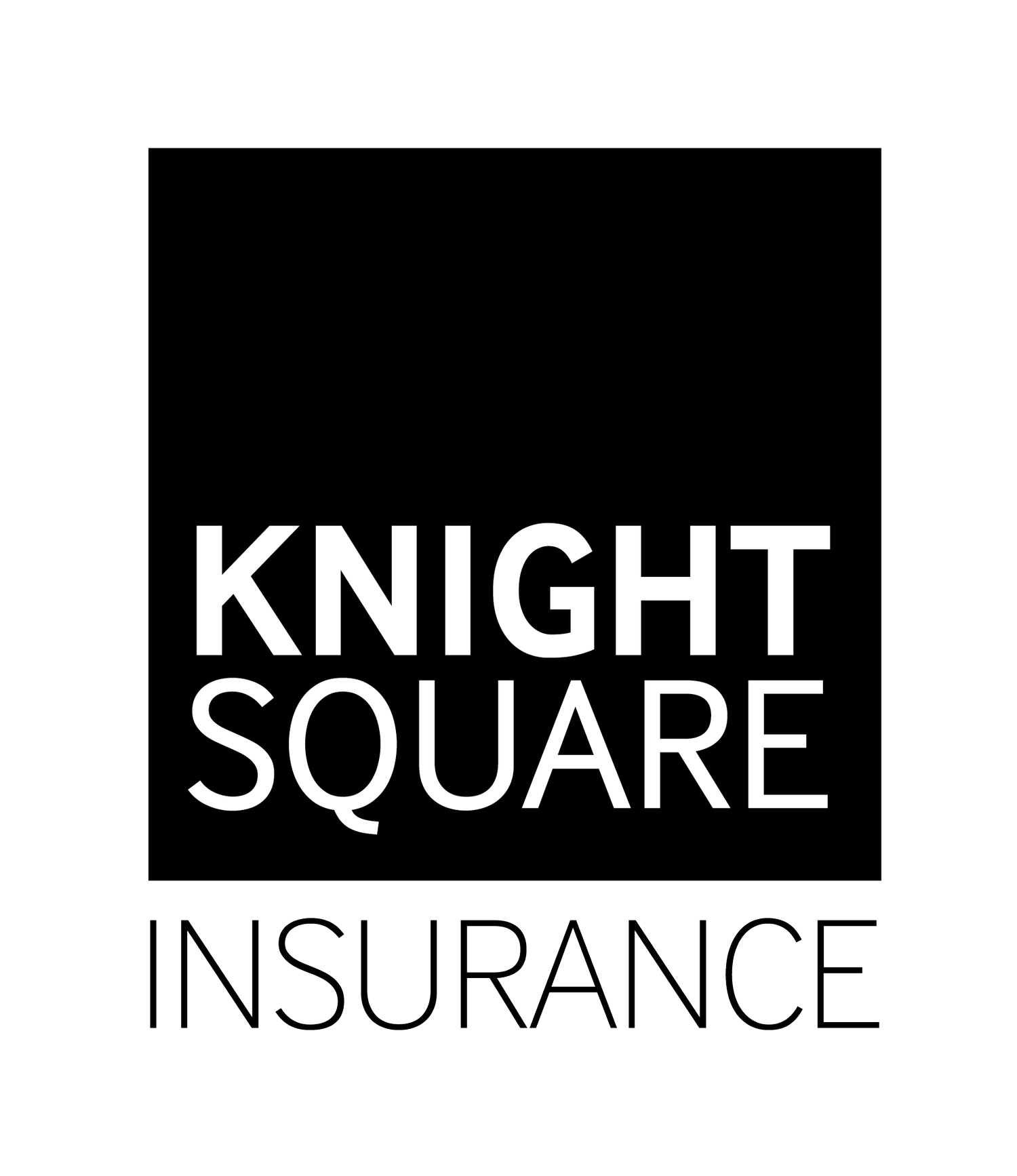Combustible cladding and insulation, the impact to insurance premiums
The cost of insurance for those living in buildings with combustible cladding and insulation is only one of the many challenges owners are facing. So why are insurers, aware of the situation that the owners are dealing with, continuing to increase building insurance premiums?
Insurers lack confidence in the fire safety of buildings
Sadly, we now know that many buildings have been designed, built and signed off in a regulatory system that has been found unfit for purpose. A mix of combustible cladding and insulation as well as missing or inadequate fire barriers means insuring a ten-storey building of 60 flats is now a very different proposition when the measures to limit the spread of fire could fail and the whole building could be lost to the fire. The insurer’s primary concern is always that lives are not lost as a result of a fire. Their secondary concern is whether the building will be partially or fully destroyed as a result of fire spread.
Allegations of insurers profiteering are false
The cost of any insurance product is primarily driven by risk, unfortunately those buildings that are now deemed a higher risk will inevitably mean higher insurance premiums.
Insurance is highly regulated and as such not only do insurers have to hold enough money in reserves to pay claims, they also have to hold a significant amount on top. With more buildings being classed as ‘riskier’, more money needs to be set aside just in case. Further worsened as more and more buildings realise cladding, insulation and construction issues.
Establishing waking watches or installing a fire alarm system isn’t helping to reduce premiums
Waking watches and fire alarm systems are designed to save lives, but not buildings. They alert residents to the existence of a fire to instigate an evacuation, but only effective compartmentation of a building will limit the loss of the building and reduce reinstatement costs picked up by the insurer.
Sprinkler systems is one safety measure that might have an impact on an insurers’ risk perspective, but sadly it doesn’t negate the risk completely.
Insurers and brokers are hopeful that the Government’s package of measures spoken about by the Prime Minister and Chancellor of the Exchequer in February 2021, addresses the issues and results in the reduced financial burden of leaseholders; buildings being remedied as soon as possible; and a new regulatory framework that increases everyone’s confidence in the safety of people’s homes.
